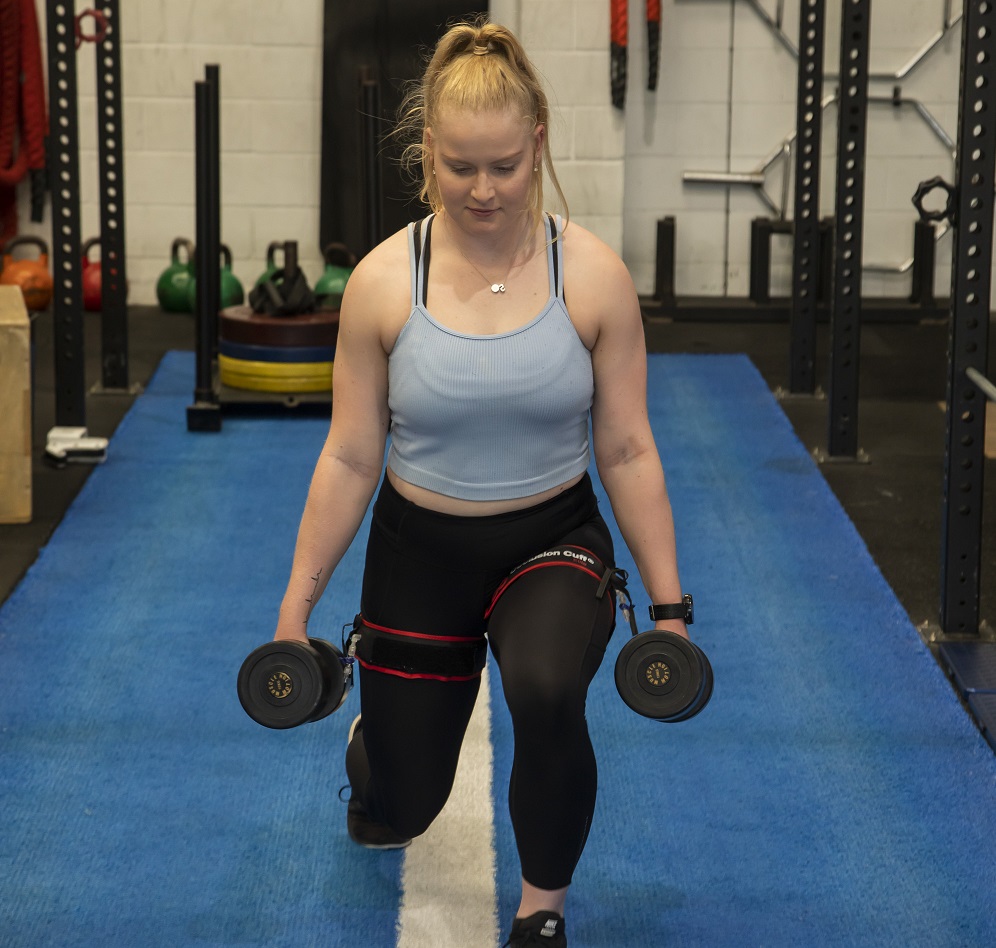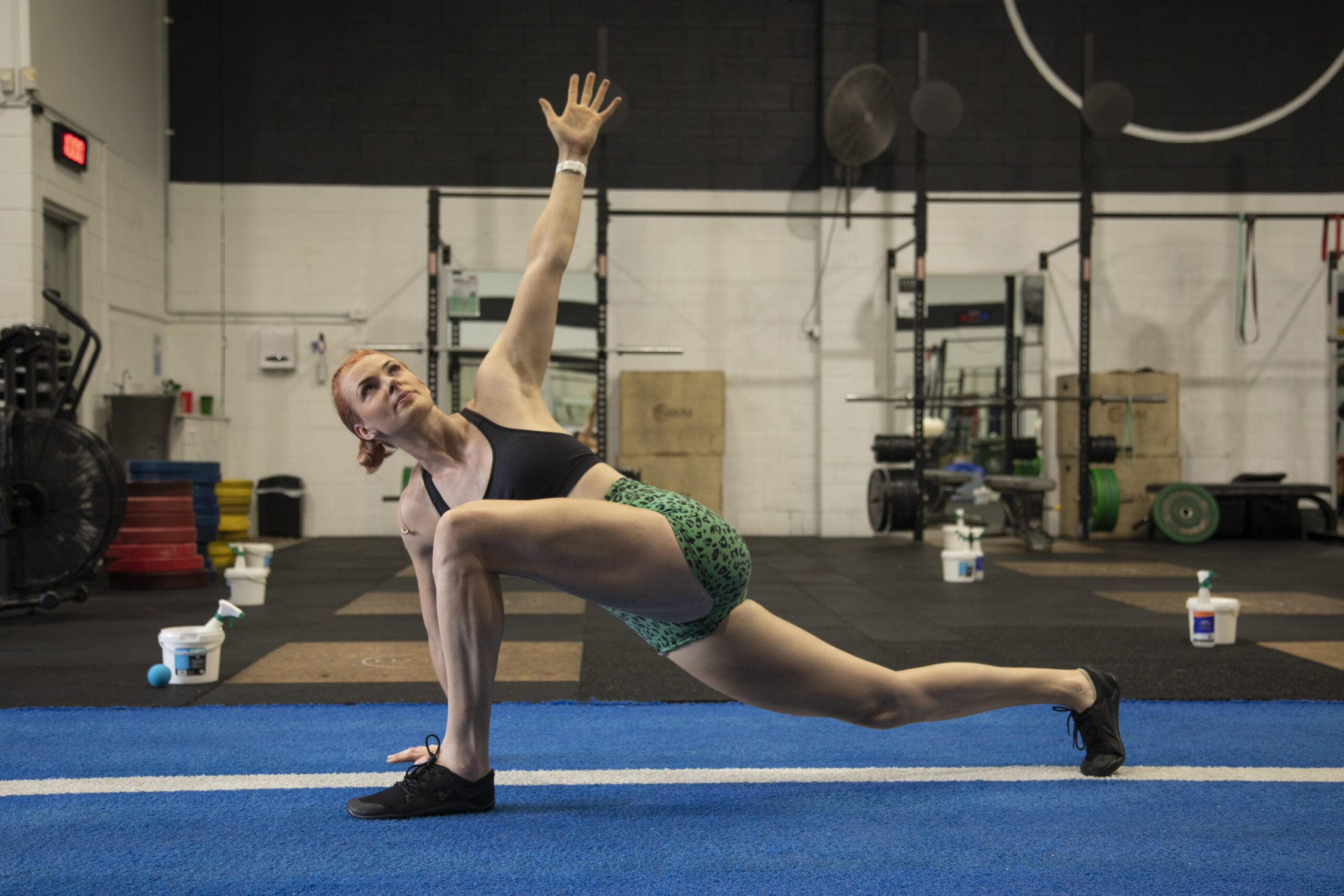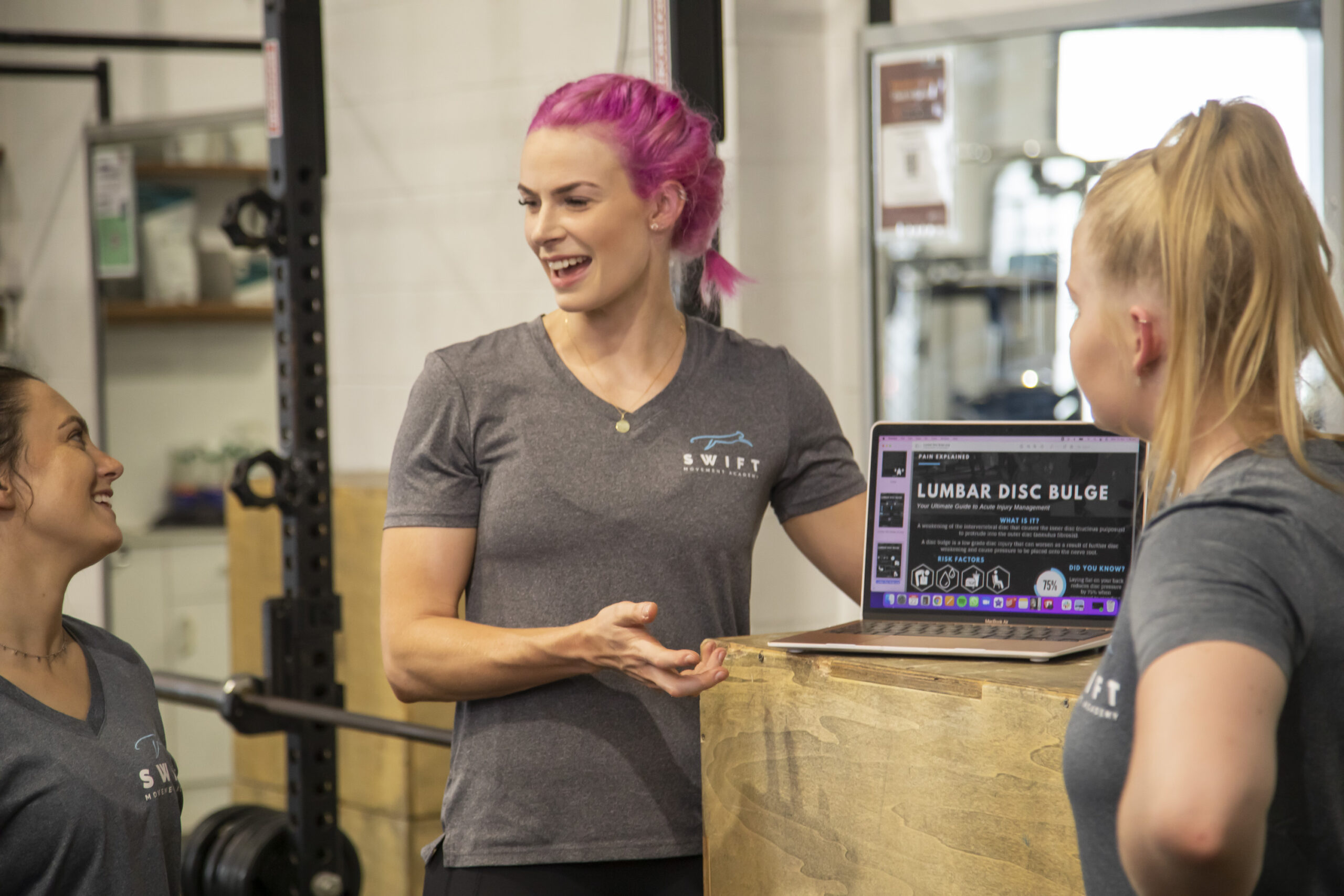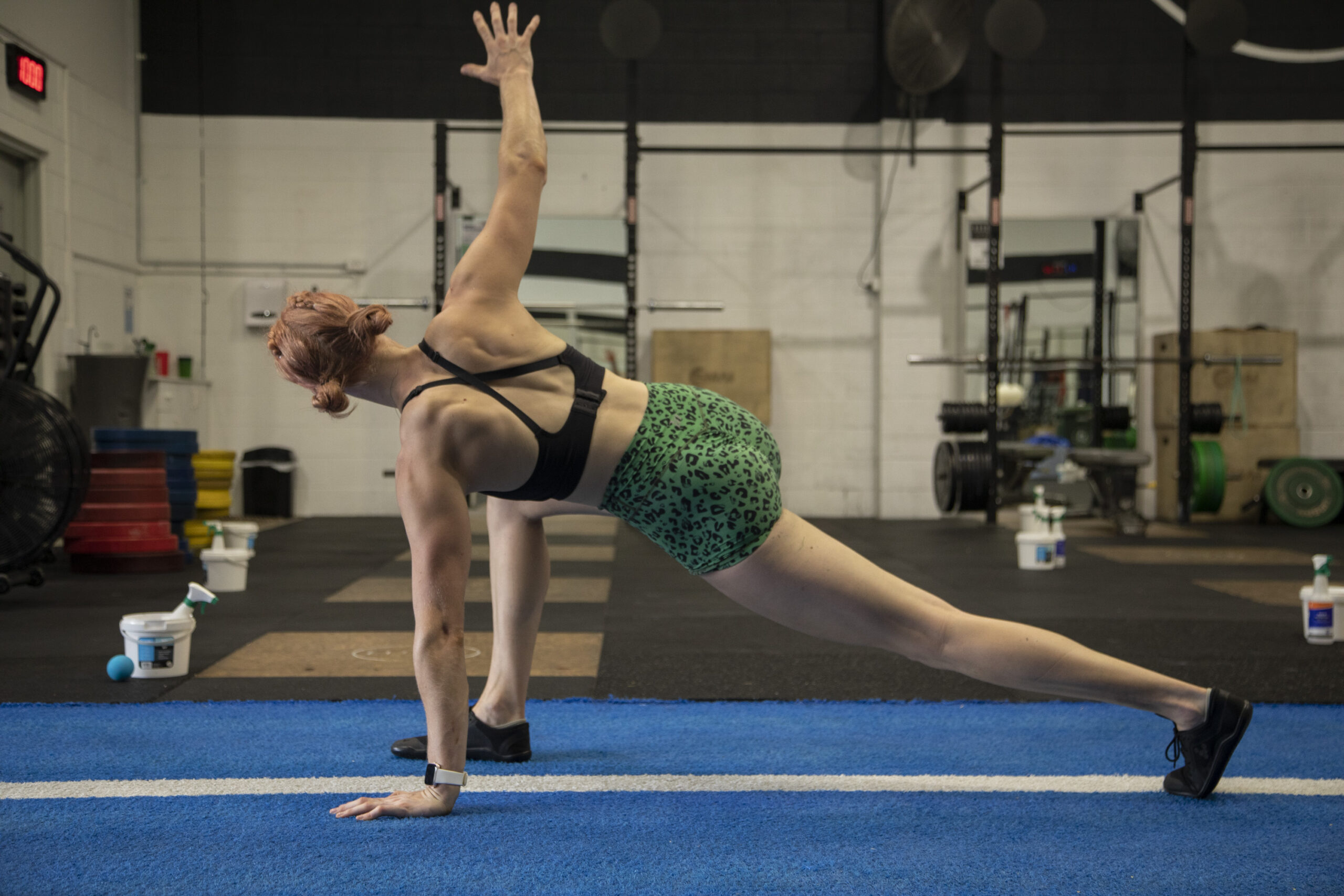Squatting is a vital exercise for building strength and improving functional fitness. However, limited ankle mobility can impede your squatting progress. In this article, we will explore the importance of ankle mobility in squats and provide effective strategies to overcome ankle mobility barriers, helping you unlock your squatting potential.
Understanding Ankle Mobility
To grasp the impact of ankle mobility on squats, it is crucial to understand the anatomy and biomechanics of the ankle joint. Factors such as muscle tightness, imbalances, joint restrictions, and structural limitations can affect ankle mobility and, consequently, squat performance.
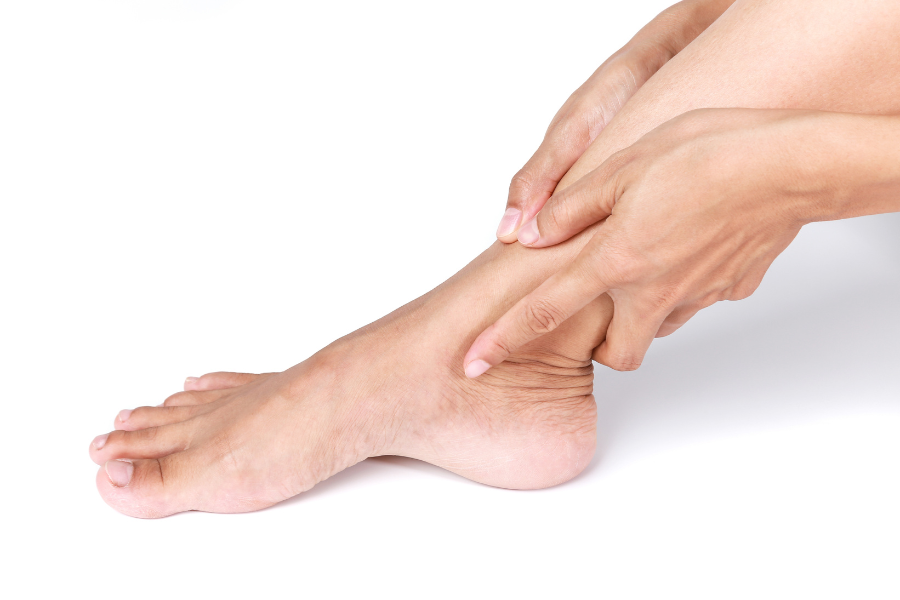
Assessing Ankle Mobility
Before addressing ankle mobility issues, it is important to assess your current range of motion. Simple tests like the wall-ankle dorsiflexion test (knee to wall test) can identify limitations and restrictions. If you experience significant limitations or persistent pain, consulting a healthcare professional, such as a physical therapist or an exercise physiologist, is recommended.
Addressing Ankle Mobility Barriers
- Mobility exercises for ankle dorsiflexion: Incorporate calf stretches, self-myofascial release, and ankle mobility drills into your routine. These exercises improve ankle dorsiflexion and include techniques such as standing calf stretches and ankle rocking.
- Strengthening exercises for ankle stability: Enhancing ankle stability is crucial for optimal squat mechanics. Incorporate balance and proprioception training, such as single-leg exercises and wobble board drills. Strengthening the muscles around the ankle joint, including the calves and foot muscles, improves overall ankle stability.
Modifications and Tools for Improved Squatting
To accommodate limited ankle mobility, consider modifying your squatting technique and utilising variations that work within your range of motion. Adopting a wider stance or using weight plates to elevate your heels reduces the demand on ankle dorsiflexion. Additionally, investing in weightlifting shoes with an elevated heel can improve ankle mobility during squats.
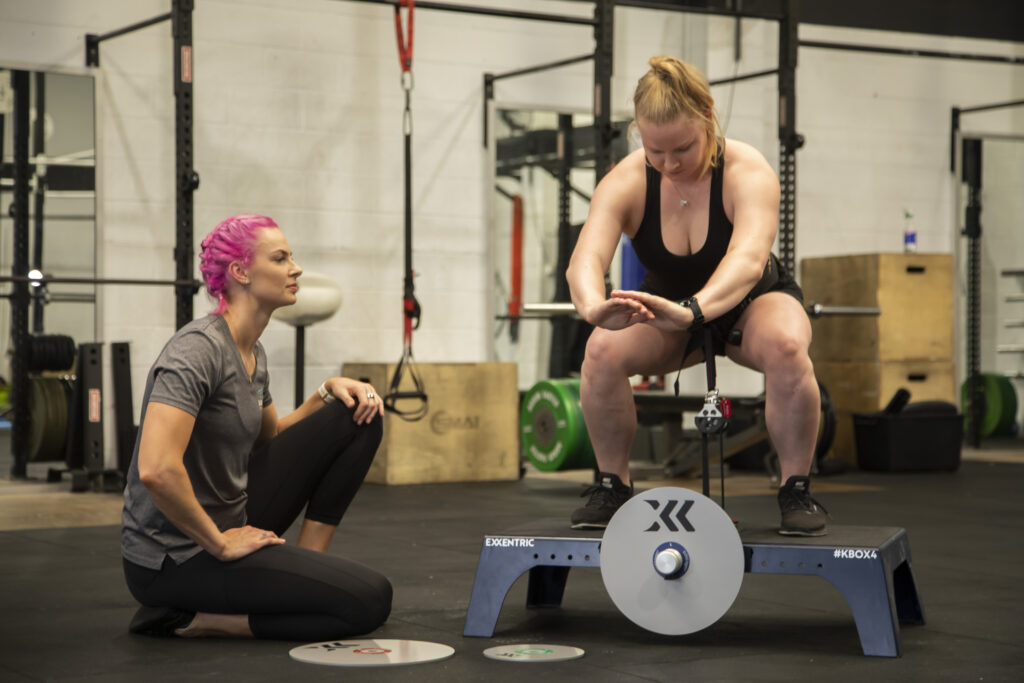
Training Strategies for Progressing Ankle Mobility
Consistency and progressive overload are key to improving ankle mobility. Include ankle mobility exercises in your warm-up routine to prepare the ankle joint for squats. Gradually increase squat intensity and depth while staying within a pain-free range. Seeking guidance from a qualified coach or physical therapist ensures safe and effective progression.
Tips for Squatting with Improved Ankle Mobility
Focus on proper squat technique and form cues after improving ankle mobility. Maintain an upright torso, evenly distribute weight through your feet, and push your knees outward. Start with shallow squats and gradually progress to full-depth squats. Listen to your body and avoid overexertion to prevent injuries.
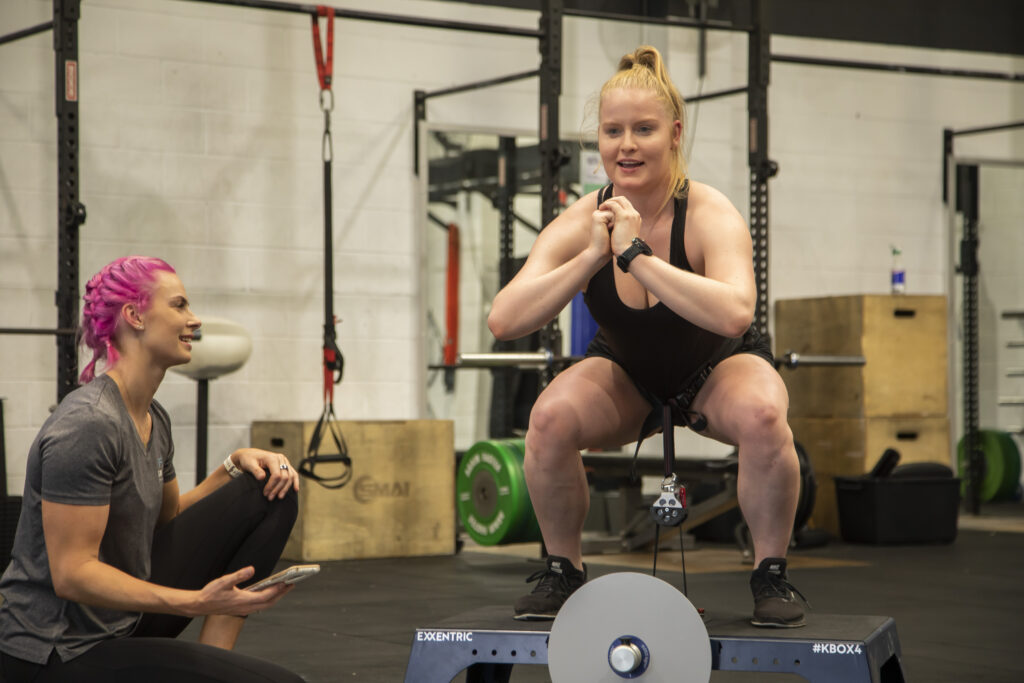
Common Mistakes and Troubleshooting
Be mindful of common mistakes that hinder ankle mobility progress, such as neglecting mobility exercises or pushing through pain. Troubleshoot setbacks and plateaus by reassessing your mobility routine, seeking professional guidance, or addressing underlying muscular imbalances or joint restrictions.
Conclusion
Improving ankle mobility is essential for optimising your squat performance. By addressing ankle mobility barriers through targeted exercises and modifications, you can enhance your squatting abilities and achieve better results. Embrace the journey of unlocking your squat potential and enjoy the benefits of improved ankle mobility.
- Fong, C. M., Blackburn, J. T., Norcross, M. F., McGrath, M., & Padua, D. A. (2011). Ankle-dorsiflexion range of motion and landing biomechanics. Journal of Athletic Training, 46(1), 5-10.
- Hoch, M. C., McKeon, P. O., & Andreatta, R. D. (2012). Plantar ankle-flexor strength and dorsiflexion range of motion influence balance in individuals with chronic ankle instability. Journal of Sports Physical Therapy, 42(6), 483-491.
- McCurdy, K., Walker, J., & Geiser, C. (2018). The effects of ankle mobility on squat depth and trunk and lower extremity kinematics. International Journal of Exercise Science, 11(7), 1124-1135.
- Ninos, J. C., Irrgang, J. J., Burdett, R., & Weiss, J. R. (1995). Electromyographic analysis of the squat performed in self-selected lower extremity neutral rotation and 30 degrees of lower extremity turn-out from the self-selected neutral position. Journal of Orthopaedic & Sports Physical Therapy, 22(3), 108-115.
- Sato, K., Fortenbaugh, D., & Hydock, D. (2012). Kinematic changes using weightlifting shoes on barbell back squat. Journal of Strength and Conditioning Research, 26(1), 28-33.
